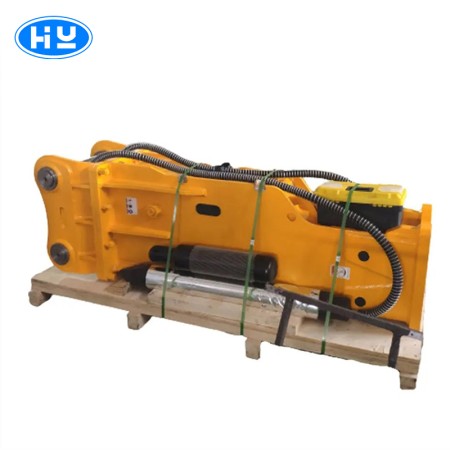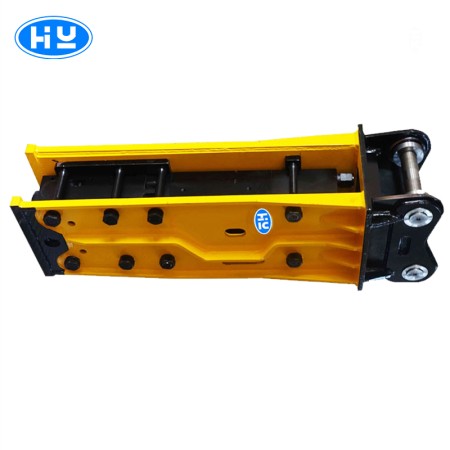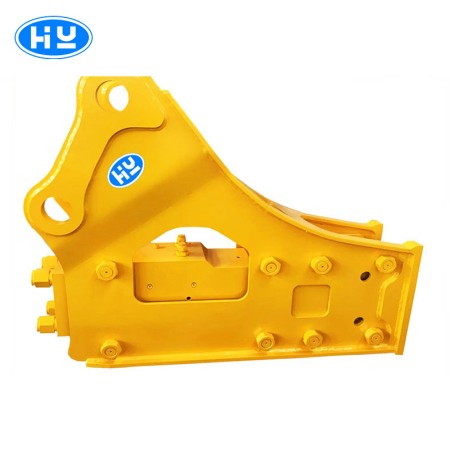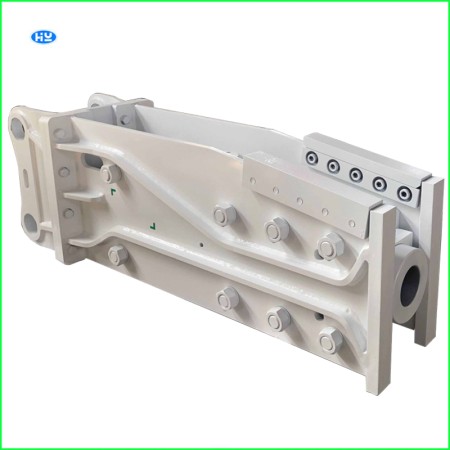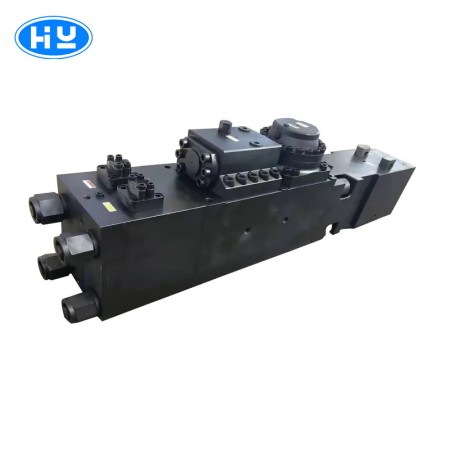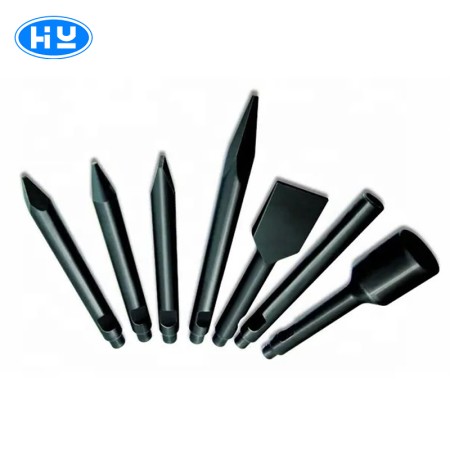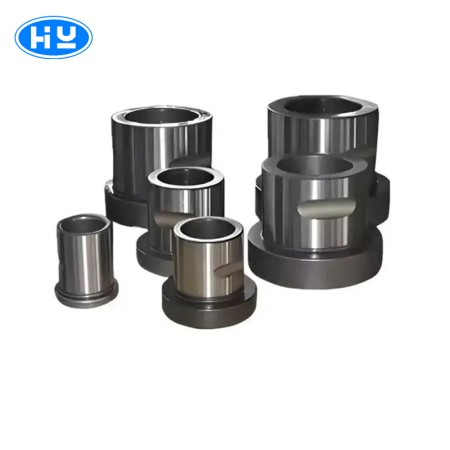Product
News
- Soosan SB121 Hydraulic Breaker for Chile – Precision Manufacturing from a Full‑Chain Chinese Factory
- High‑Performance Mini Excavator Breaker Hammer — Compact Power for Efficient Demolition and Rock Breaking
- Inside Hanyun’s Production of the SB40 Hydraulic Breaker – Precision Engineering from Raw Steel to Final Assembly
- Zhengzhou Hanyun Hydraulic Breaker — Furukawa HB30G Assembly Precision & Special Offer for Egypt Customer
- Backhoe Demolition 30 Ton Excavator Top Side Box Type Rock Hammer Hydraulic Breakers for Excavator
- Furukawa HB20G Manufactured by Hanyun: High‑Quality Hydraulic Breaker Ready for Shipment to Egypt
contacts
Contacts:Jacky Zhang
Phone:+8618937103255
Email:hanyunpsq@gmail.com
Address:No. 167, Xuchang Road, Shangjie District, Zhengzhou City
Knowledge
Hydraulic Breaker Chisel Fracture: Causes and Solutions
Hydraulic breaker chisel fracture is a common issue encountered during equipment operation. The primary causes include substandard material quality (such as internal defects or impurities in the steel), erosion from mine water, improper heat treatment processes, and operational techniques. This article analyzes the root causes of chisel fractures and provides actionable solutions.
Key Causes of Chisel Fracture
Material Quality Issues
Defects like internal pores, slag inclusions, or excessive impurities in the drill steel significantly reduce fatigue strength. When alternating stresses (compression, tension, bending, shear) generated during impact exceed the material's fatigue limit, micro-cracks initiate and propagate, leading to sudden brittle failure.
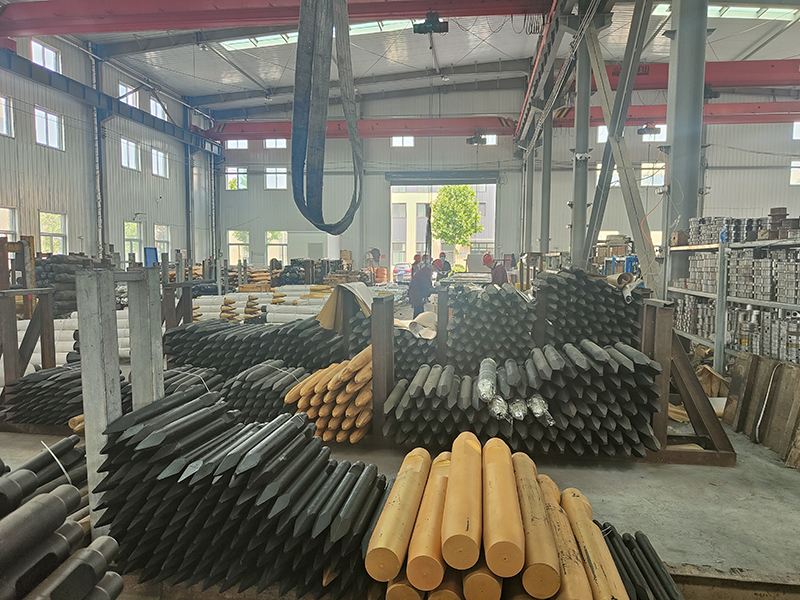
Hydraulic Breaker Chisel Fracture: Causes and Solutions
Environmental Erosion
Acidic mine water (pH <5.5) accelerates surface corrosion, creating stress concentration points. Pitting corrosion with depths over 0.05mm can amplify local stresses by 3.8 times, shortening service life.
Heat Treatment Defects
Improper quenching/tempering temperatures or insufficient processes generate residual thermal stresses. For example, overheating during forging (e.g., shank/shoulder regions) or inadequate tempering time (<4 hours at 500°C) leads to crack initiation.
Operational Factors
High-frequency impacts (2,000+ cycles/minute) subject chisels to repetitive stress. Without real-time monitoring, sudden load increases (e.g., +30% penetration resistance) can exceed tolerance thresholds.
Preventive Measures
Material Selection: Use GB/T 3077-2015 compliant alloy steel (e.g., 40CrNiMoA) with ≤0.03% sulfur content.
Protective Coatings: Apply nickel-based alloys (≥80μm thickness) to resist corrosion.
Process Control: Maintain quenching at 880°C±3°C and ensure ≥5:1 forging ratios.
Operational Management: Implement impact frequency alerts (red zone: >2,000 cycles) and conduct NDT (magnetic particle/ultrasonic testing) during inspections.
By addressing these factors holistically, equipment downtime can be reduced by 42% while extending chisel lifespan by 2-3 times.

